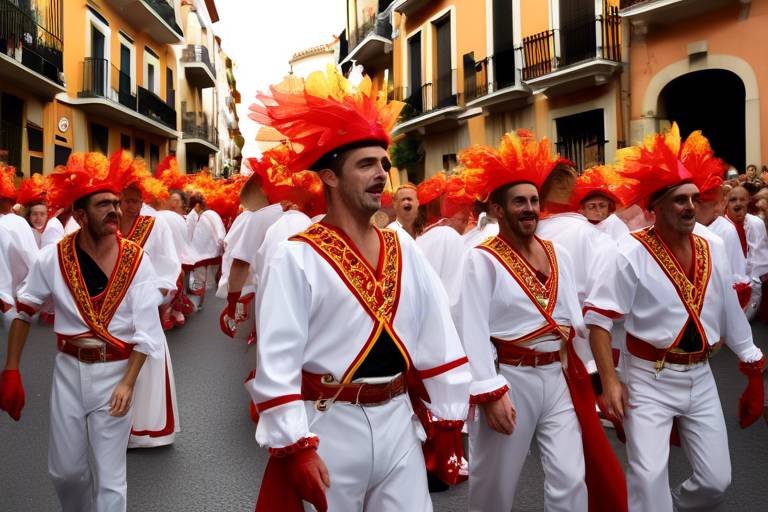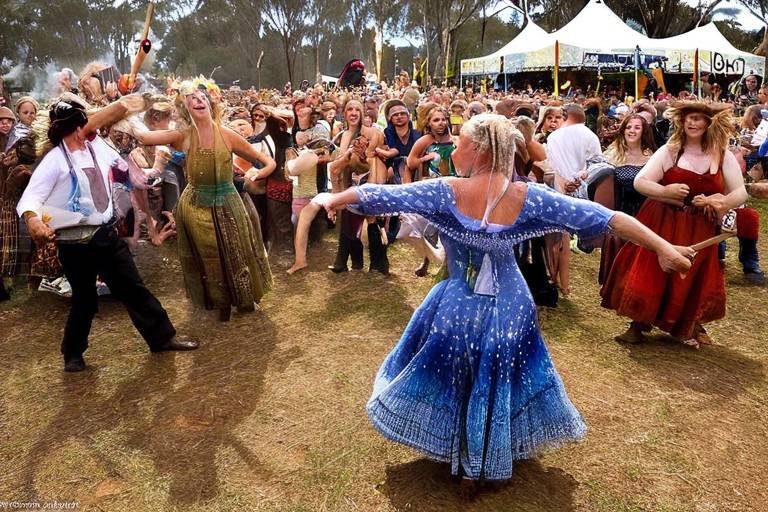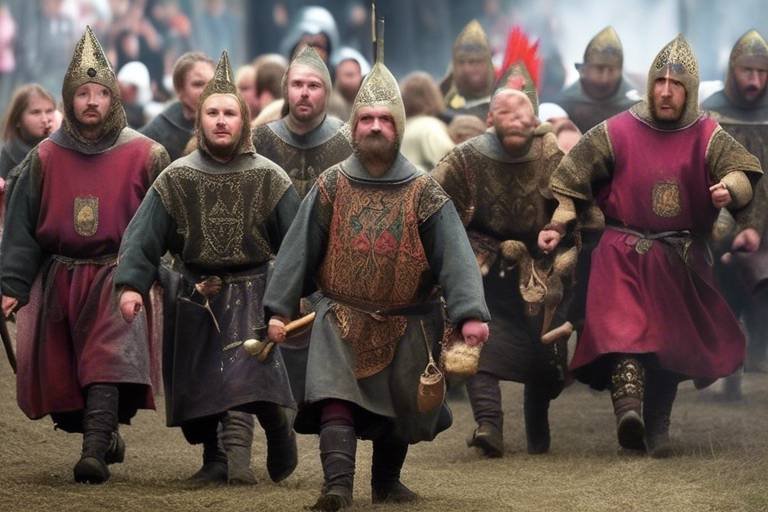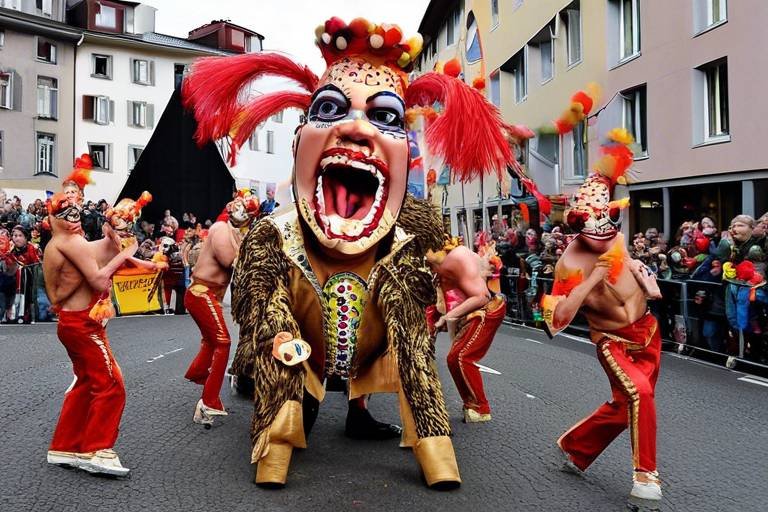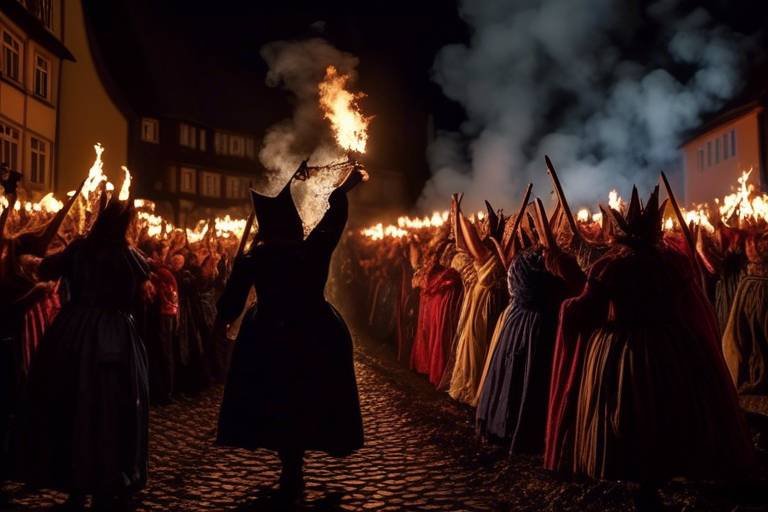Glimpses of Spain's Unique Fiesta de San Juan
Step into the vibrant world of Spain's Fiesta de San Juan, a unique celebration that captivates locals and visitors alike with its lively traditions and colorful festivities. This annual event, steeped in history and cultural significance, brings together communities to honor the summer solstice in a spectacle of bonfires, fireworks, and rituals.
Originating from ancient pagan rituals and later intertwined with Christian traditions, the Fiesta de San Juan has evolved over the years to become a beloved and cherished festival across Spain. Its roots run deep, reflecting a blend of cultural influences that have shaped the modern-day celebrations.
One of the central elements of the Fiesta de San Juan is the lighting of bonfires on beaches and in town squares, creating a mesmerizing display of light and warmth against the night sky. These bonfires symbolize purification and renewal, inviting participants to shed the old and welcome the new as they leap over the flames with joy and anticipation.
As the night unfolds, the air is filled with the crackling of flames and the dazzling bursts of fireworks that illuminate the darkness, painting the sky with a kaleidoscope of colors. The beach comes alive with music, dance, and laughter as people gather around the bonfires to share in the communal spirit of the event.
One of the most cherished traditions of the Fiesta de San Juan is the midnight dip in the sea, where participants immerse themselves in the cool waters under the moonlit sky. This symbolic act is believed to cleanse the soul and bring good luck for the year ahead, fostering a sense of unity and harmony among those who take part.
Throughout the festivities, traditional foods and drinks play a significant role, tantalizing the taste buds with flavors unique to the region. From freshly grilled sardines to aromatic paella, and from refreshing sangria to creamy horchata, the culinary offerings add an extra layer of richness to the celebration.
The Fiesta de San Juan is not just about bonfires and fireworks; it is a holistic experience that engages all the senses, from the sight of colorful decorations to the sound of lively music that fills the air. The festive atmosphere is infectious, drawing participants into a whirlwind of joy and merriment that lasts long into the night.
While the core traditions of the Fiesta de San Juan remain consistent, each region in Spain adds its own unique touch to the celebrations, showcasing local customs and practices that reflect the diversity of the country. Modern adaptations have also influenced the festival, blending traditional elements with contemporary trends to keep the event dynamic and relevant.
As the Fiesta de San Juan continues to evolve, there is a growing awareness of the need to prioritize environmental concerns and promote sustainability during the festivities. Initiatives aimed at reducing waste, protecting natural spaces, and fostering eco-friendly practices are gaining traction, ensuring that this cultural event can endure for generations to come.

Origins and History of Fiesta de San Juan
The Fiesta de San Juan, one of Spain's most vibrant celebrations, has deep roots that intertwine ancient pagan rituals with Christian traditions. Originating from the summer solstice festivities, this festival has evolved over centuries to become a cherished cultural event in Spain. The history of Fiesta de San Juan reflects the rich tapestry of Spain's diverse heritage, blending elements of folklore, spirituality, and community.
Historically, the Fiesta de San Juan was linked to agricultural practices, marking the beginning of the summer season and honoring the fertility of the land. With the spread of Christianity, the festival underwent a transformation, incorporating Christian symbols and rituals while preserving its pagan origins. Today, the Fiesta de San Juan stands as a testament to Spain's ability to embrace both ancient customs and religious traditions in a harmonious celebration.
Throughout history, the Fiesta de San Juan has served as a time of joy and renewal, bringing communities together to celebrate the changing of seasons and the cycle of life. The bonfires that light up the night sky during the festival symbolize purification and the driving away of evil spirits, a tradition that dates back to ancient beliefs in the power of fire to cleanse and protect.
As the festival continues to evolve, it remains a colorful mosaic of Spain's cultural identity, blending old and new customs in a vibrant display of unity and diversity. The Fiesta de San Juan is not just a celebration; it is a reflection of Spain's past, present, and future, where traditions are honored, and new beginnings are embraced with open arms.
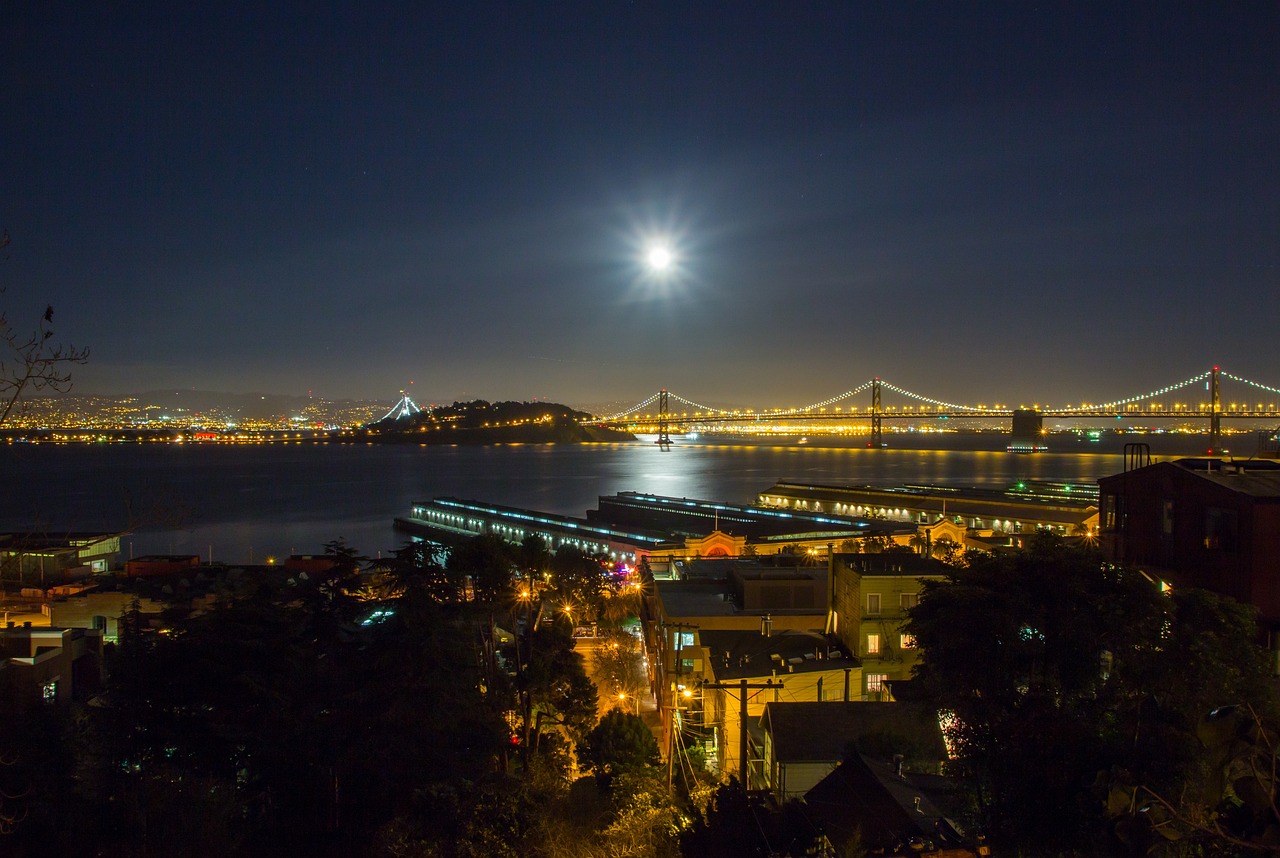
Traditional Bonfires and Fireworks
When it comes to the Fiesta de San Juan, one cannot overlook the mesmerizing display of traditional bonfires and fireworks that light up the Spanish night sky. These fiery elements are at the heart of the celebration, symbolizing both ancient rituals and modern festivities.
The tradition of lighting bonfires during the Fiesta de San Juan dates back centuries, with roots in pagan rituals that celebrated the summer solstice. Today, these bonfires continue to be a focal point of the festival, bringing communities together in a blaze of light and warmth.
As the bonfires crackle and dance, illuminating the faces of revelers, the night sky comes alive with vibrant fireworks that paint intricate patterns against the darkness. The explosions of color and sound add an extra layer of excitement to the atmosphere, creating a sensory experience like no other.
Locals and visitors alike gather around the bonfires, sharing stories, laughter, and perhaps a dance or two. The crackling flames and dazzling fireworks create a magical backdrop for the festivities, uniting people in a shared moment of joy and celebration.
Amidst the glow of the bonfires and the sparkle of the fireworks, the spirit of the Fiesta de San Juan shines bright, capturing the essence of Spanish culture and tradition in a spectacle of light and sound.
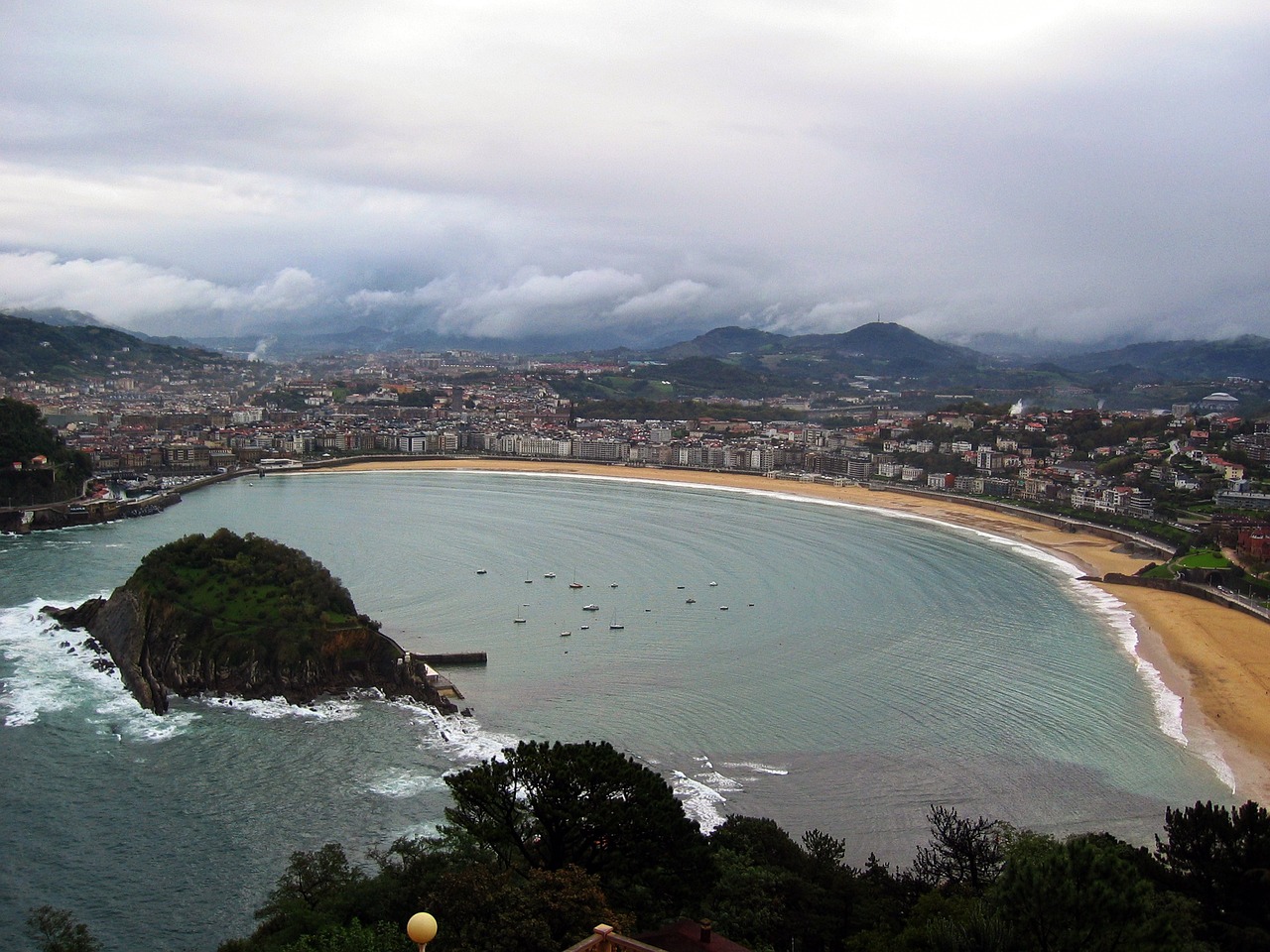
Beach Gatherings and Midnight Dips
When the night of Fiesta de San Juan arrives, the beaches of Spain come alive with a magical energy that is truly captivating. Picture this: the soft sand under your feet, the sound of waves crashing gently in the background, and the mesmerizing glow of bonfires lighting up the shore. It's a scene straight out of a fairytale, where locals and tourists alike come together to celebrate the arrival of summer in a grand fashion.
As the sun sets and dusk descends, the beach gatherings begin. Families and friends gather around bonfires, sharing stories, laughter, and good cheer. The crackling of the flames mingles with the sound of music and laughter, creating a symphony of joy that fills the air. It's a time for bonding, for connecting with loved ones, and for reveling in the simple pleasures of life.
And then comes the moment that truly sets the Fiesta de San Juan apart - the midnight dip. As the clock strikes twelve, brave souls run into the cool, refreshing waters of the sea, washing away the old and welcoming the new. It's a symbolic act of renewal, of letting go of the past and embracing the future with open arms. The feeling of plunging into the dark waters under the starlit sky is nothing short of exhilarating, a moment of pure freedom and joy.
Imagine yourself standing on the beach, surrounded by the warmth of the bonfires, the laughter of friends, and the anticipation of the midnight dip. The air is filled with excitement and anticipation, a sense of magic that lingers in every breeze. It's a moment you'll never forget, a memory that will stay with you long after the last embers of the bonfire have faded away.
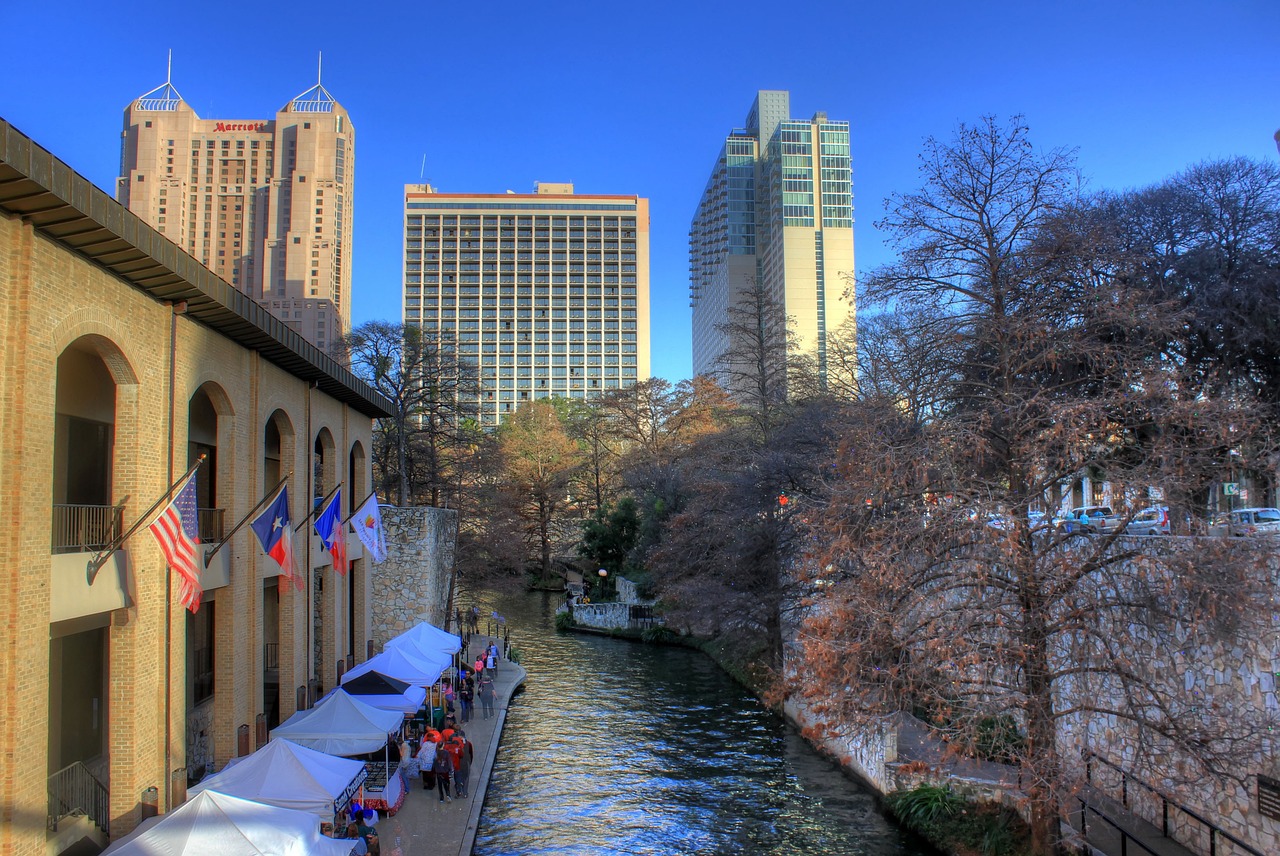
Symbolism of Water Rituals
During the Fiesta de San Juan, water plays a significant role in various rituals that hold symbolic meanings deeply rooted in tradition and spirituality. The act of cleansing through water rituals symbolizes purification and renewal, reflecting the belief in washing away negativity and welcoming positive energy. One common water-related tradition involves jumping over fires before taking a midnight swim in the sea, signifying the transition from the old to the new, from darkness to light. These rituals highlight the importance of water as a source of life and transformation, connecting participants to the natural elements and the cycle of seasons.
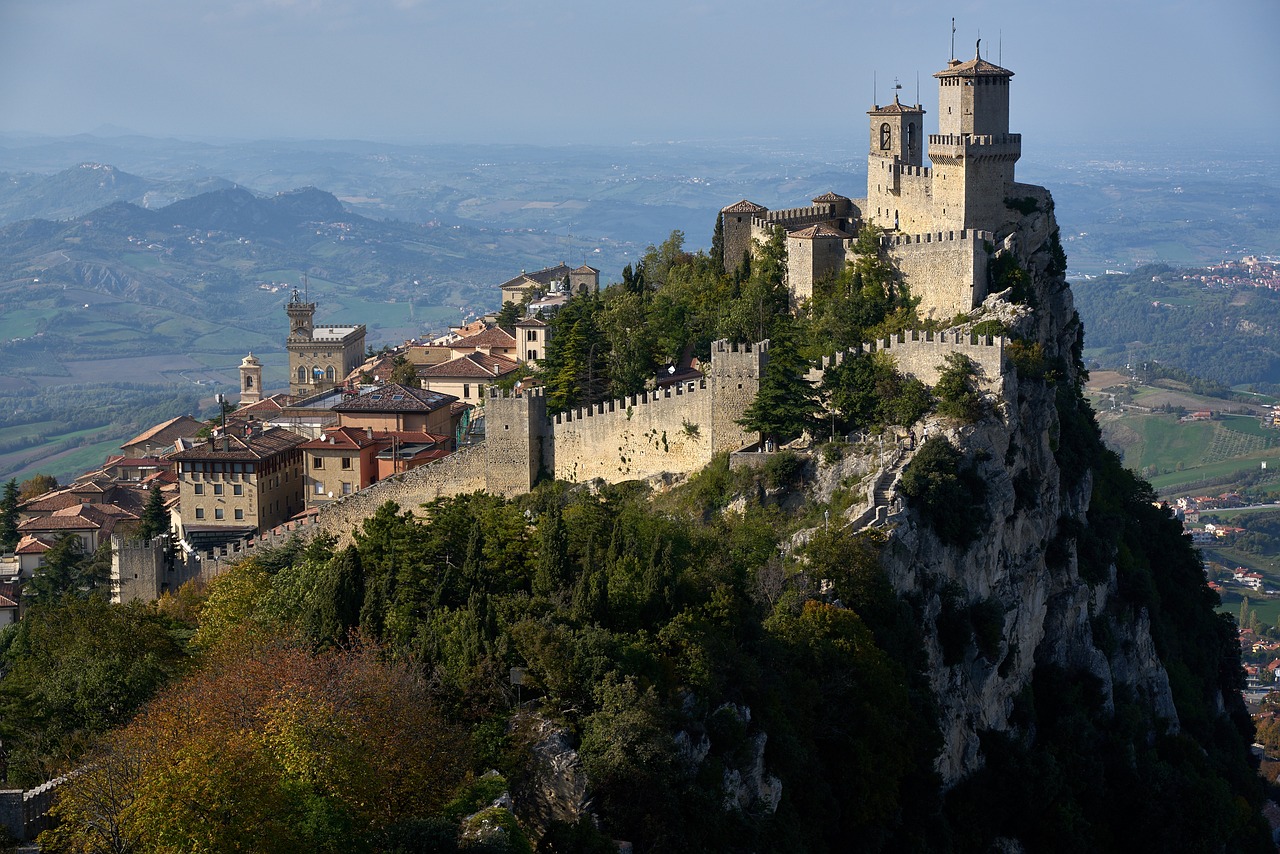
Traditional Foods and Drinks
Indulge in the culinary delights of the Fiesta de San Juan, where traditional foods and drinks play a central role in the festivities. From the smoky aroma of grilled sardines to the rich flavors of paella, the array of dishes served during this celebration reflects the vibrant culture of Spain. These traditional foods not only satisfy the appetite but also serve as a link to the country's culinary heritage.
One iconic dish enjoyed during the Fiesta de San Juan is grilled sardines, a simple yet flavorful delicacy that captures the essence of seaside celebrations. The fresh catch is seasoned with salt and olive oil before being cooked over open flames, infusing the fish with a delightful smokiness that pairs perfectly with the lively atmosphere of the festival.
Paella, a beloved Spanish rice dish, is another staple of the Fiesta de San Juan. This savory creation, typically made with a combination of rice, saffron, vegetables, and either seafood or meat, represents communal dining at its finest. The vibrant colors and bold flavors of paella mirror the festive spirit of the occasion, making it a must-have dish during the celebrations.
Accompanying these delectable dishes are festive drinks that add to the merriment of the Fiesta de San Juan. Sangria, a refreshing beverage made with red wine, fruits, and a splash of brandy, is a popular choice for toasting to the summer solstice. Its fruity sweetness and vibrant hue embody the joyous nature of the festival, making it a favorite among revelers.
Horchata, a traditional Spanish drink crafted from tiger nuts, sugar, and water, offers a cooling respite from the summer heat during the Fiesta de San Juan. Its creamy texture and nutty flavor provide a delightful contrast to the fiery celebrations, offering a moment of calm amidst the excitement.
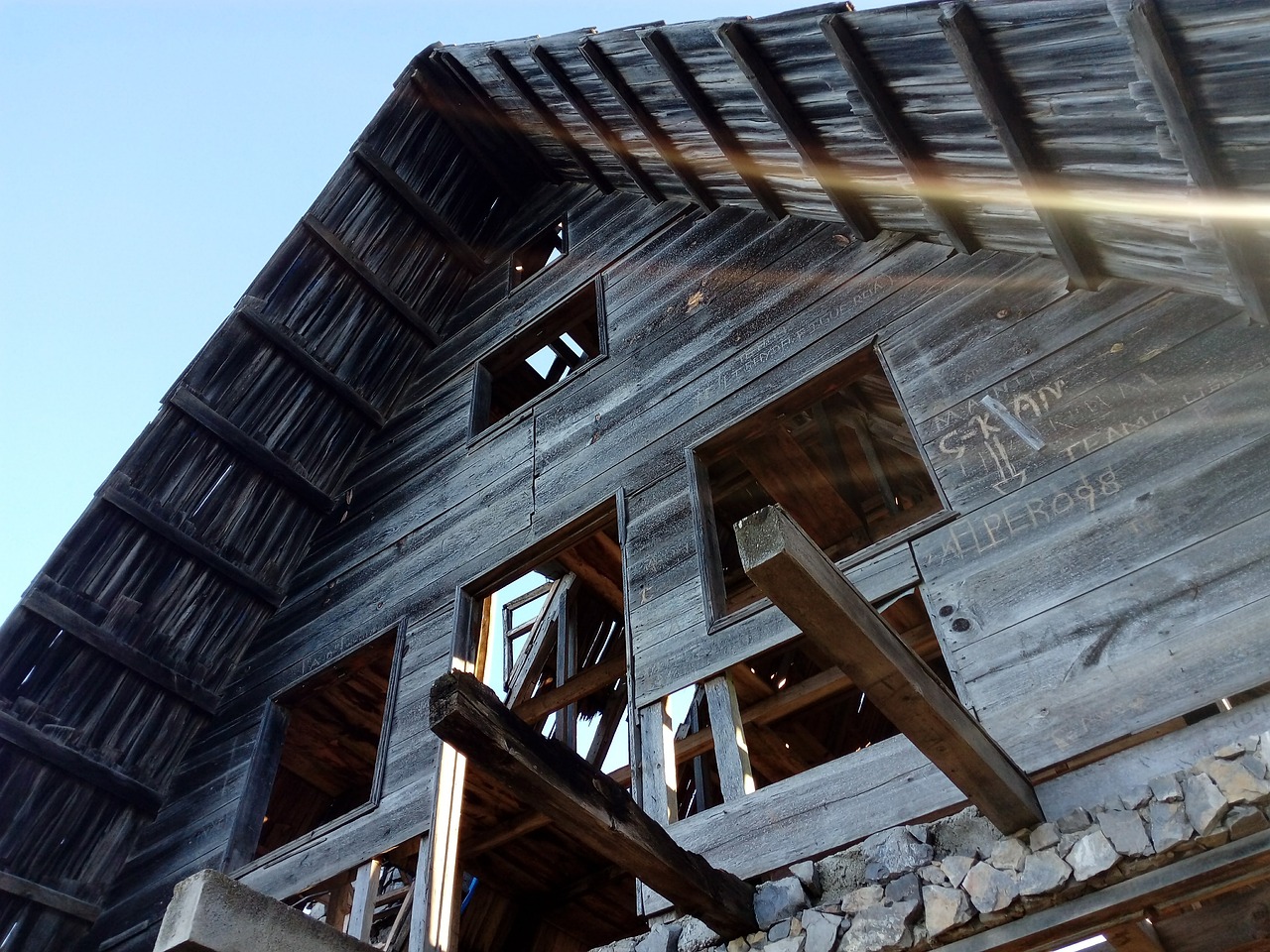
Music, Dance, and Festive Atmosphere
The of the Fiesta de San Juan is a vibrant tapestry of traditional tunes, rhythmic movements, and an overall sense of jubilation. As the bonfires crackle and the fireworks light up the night sky, the air is filled with the sounds of lively music that beckon everyone to join in the celebration. The rhythmic beats of drums and guitars set the stage for spontaneous dance performances, where locals and visitors alike come together to revel in the festive spirit.
One of the most enchanting aspects of the Fiesta de San Juan is the traditional dances that are performed throughout the night. From the spirited Flamenco to the graceful Sevillanas, each dance tells a story of passion, history, and cultural pride. The dancers move with precision and grace, their movements reflecting the energy and excitement of the festival.
The festive atmosphere of the Fiesta de San Juan is contagious, drawing people from all walks of life to join in the merriment. Whether you find yourself swaying to the music, clapping along with the beat, or simply taking in the sights and sounds around you, the sense of community and joy is palpable. It's a time to let go of inhibitions, embrace the moment, and immerse yourself in the magic of this unique celebration.
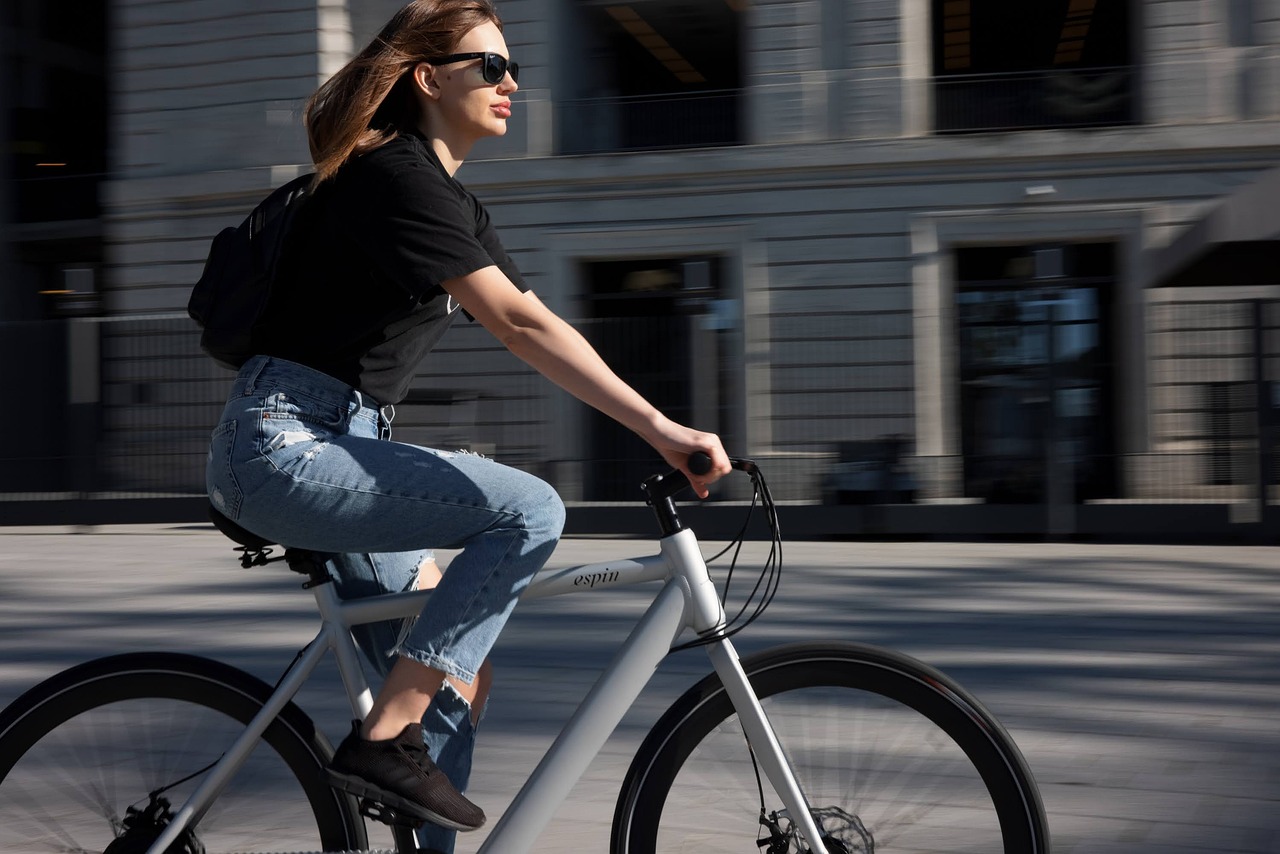
Regional Variations and Modern Adaptations
When it comes to the Fiesta de San Juan, each region in Spain brings its own unique flair to the festivities, showcasing a diverse tapestry of traditions and modern adaptations. From the bustling streets of Barcelona to the serene beaches of Valencia, the regional variations of this celebration offer a glimpse into the rich cultural heritage of Spain.
In Catalonia, for example, the tradition of building human towers known as "castells" adds an element of excitement and skill to the festivities. These towering structures symbolize strength, unity, and teamwork, reflecting the spirit of community that defines the Fiesta de San Juan in this region.
On the other hand, in Andalusia, the celebration takes on a more flamenco-infused vibe, with lively music and passionate dance performances filling the streets. The sound of guitars strumming and heels tapping creates a vibrant atmosphere that captures the essence of Andalusian culture.
Modern adaptations have also found their way into the Fiesta de San Juan, with contemporary art installations and interactive experiences becoming a part of the celebration in cities like Madrid and Bilbao. These innovative additions blend seamlessly with traditional customs, offering a fresh perspective on this age-old festival.
Whether you find yourself in the heart of Madrid or the picturesque countryside of Galicia, each region's interpretation of the Fiesta de San Juan promises a unique and unforgettable experience. The fusion of old-world charm and modern creativity ensures that this beloved festival continues to evolve and captivate audiences year after year.

Environmental Concerns and Sustainability
As the festivities of the Fiesta de San Juan reach their peak, it's crucial to consider the environmental impact of such grand celebrations. The tradition of lighting bonfires and setting off fireworks can have detrimental effects on the environment, from air pollution to waste generation. Efforts are being made to promote sustainability and raise awareness about the need to protect our natural surroundings during the festival.
One of the main concerns is the litter left behind on beaches and in public spaces after the celebration. To combat this issue, local authorities and environmental organizations organize clean-up initiatives involving volunteers to ensure that the areas are restored to their pristine state. Additionally, recycling stations are set up to encourage proper waste disposal and reduce the environmental footprint of the event.
Another aspect of environmental concern is the impact of fireworks on air quality. The chemicals released during fireworks displays can contribute to air pollution, affecting both the atmosphere and respiratory health. Some regions have started to implement eco-friendly fireworks made from biodegradable materials to minimize this impact and promote a more sustainable approach to the festivities.
Moreover, the use of water in rituals during the Fiesta de San Juan raises awareness about the importance of preserving this vital resource. Water conservation efforts are highlighted during the festival, emphasizing the need to protect our oceans and water sources for future generations. Education campaigns on water sustainability and responsible consumption are integrated into the event to instill a sense of environmental stewardship among participants.
Overall, as the Fiesta de San Juan continues to evolve and adapt to modern times, it is essential to prioritize environmental concerns and promote sustainability practices to ensure the longevity of this vibrant cultural celebration.
Frequently Asked Questions
- What is the significance of the Fiesta de San Juan?
The Fiesta de San Juan is a vibrant celebration in Spain that honors the summer solstice with bonfires, fireworks, and water rituals. It symbolizes purification, renewal, and the welcoming of the summer season.
- How did the Fiesta de San Juan originate?
The festival has roots in ancient pagan traditions and has been influenced by Christian customs over time. It has evolved into a unique blend of cultural practices that celebrate the changing of seasons and community spirit.
- What are some traditional elements of the Fiesta de San Juan?
Traditional elements include lighting bonfires on beaches, midnight dips in the sea, music, dance, and indulging in delicious foods and drinks like grilled sardines, paella, sangria, and horchata. The festival is known for its festive atmosphere and lively celebrations.

